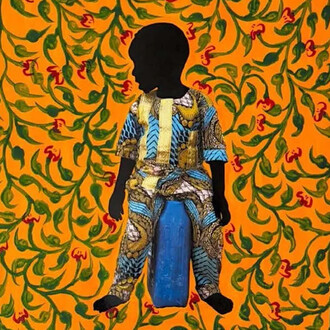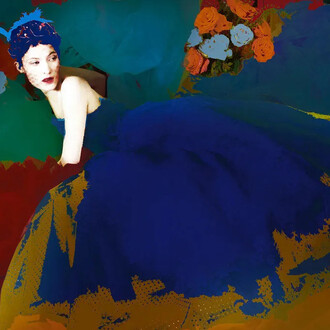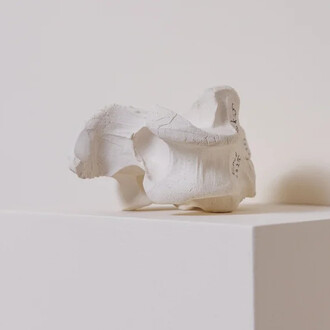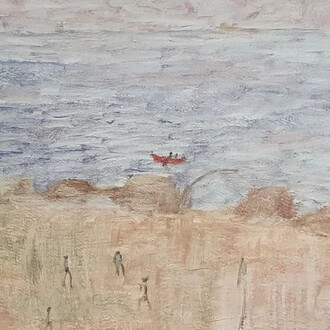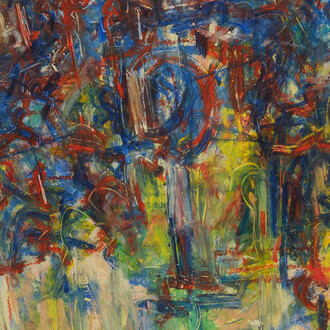In the summer of 1979, I ran away to Mt. Seorak. I wanted to run away from my family and from the art world . . . I wanted to live as I please, and paint as I please. And I wanted to be truly alone. That is why I live with the nature in Mt. Seorak. I spend all four seasons with the mountain, drawing spring in spring, summer in summer, autumn in autumn and winter in winter.
(Kim Chong Hak, quoted by Lee Tae Ho in “Drawing spring in spring,” 2011)
Kim Chong Hak, painter of Seoraksan introduces the work of prolific Korean painter Kim Chong Hak to American audiences for the first time. Born in 1937, Kim lived through multiple conflicts and significant societal upheavals, including the Japanese colonization of Korea (1910–1945), the splitting of North and South Korea (1948), the Korean War (1950–1953), the turbulent democratic movements of the 1970s and 1980s, and ongoing tensions between the divided nations.
Throughout all of this, Kim sought to respond to and express the impact of these often-traumatic changes to daily life in Korea. While many of his peers focused their attention on abstract, formal, and process-based explorations in their art (termed Dansaekhwa or monochromatic art) as a response to limits on sociopolitical representation and agency, Kim rejected this direction and instead turned to the Korean landscape.
Combining older Asian landscape traditions and Western-style painting, Kim dedicated himself to interpreting the changing seasons on Seoraksan (Mount Seorak), the tallest peak in the Taebaek Mountains in South Korea. Through a self-imposed isolation on the mountain, he developed an attunement to the natural world and reclaimed a physical, spiritual, and emotional relationship with the landscape once central to Korean society. Though his vibrant, expressive style of representational painting came as a shock against the backdrop of Korean abstraction, he uniquely captures the wildness, energy, and vitality of nature. In addition to his own work, Kim holds a vast collection of Korean folk art, revealing his unique approach to the reclamation and celebration of Korean cultural heritage. By exploring the Korean landscape, nationhood, and diverse artistic, spiritual, and philosophical traditions, Kim has insisted on carving his own path of expression, transcending the boundaries of Korean history and connecting with American audiences.









